The Rx Bricks Podcast
Podrobnosti kanálu
The Rx Bricks Podcast
The Rx Bricks podcast from USMLE-Rx is designed to help you master medical school. Each episode is an audio version of one of our revolutionary Rx Bricks, which are short, high-yield, interactive learning modules. Each week, we present a new audiobrick based on an important basic science topic (e....
Nedávné epizody
103 epizod
Shock
Looking for more information on this topic? Check out the Shock brick.
If you enjoyed this episode, we’d love for you to leave a r...
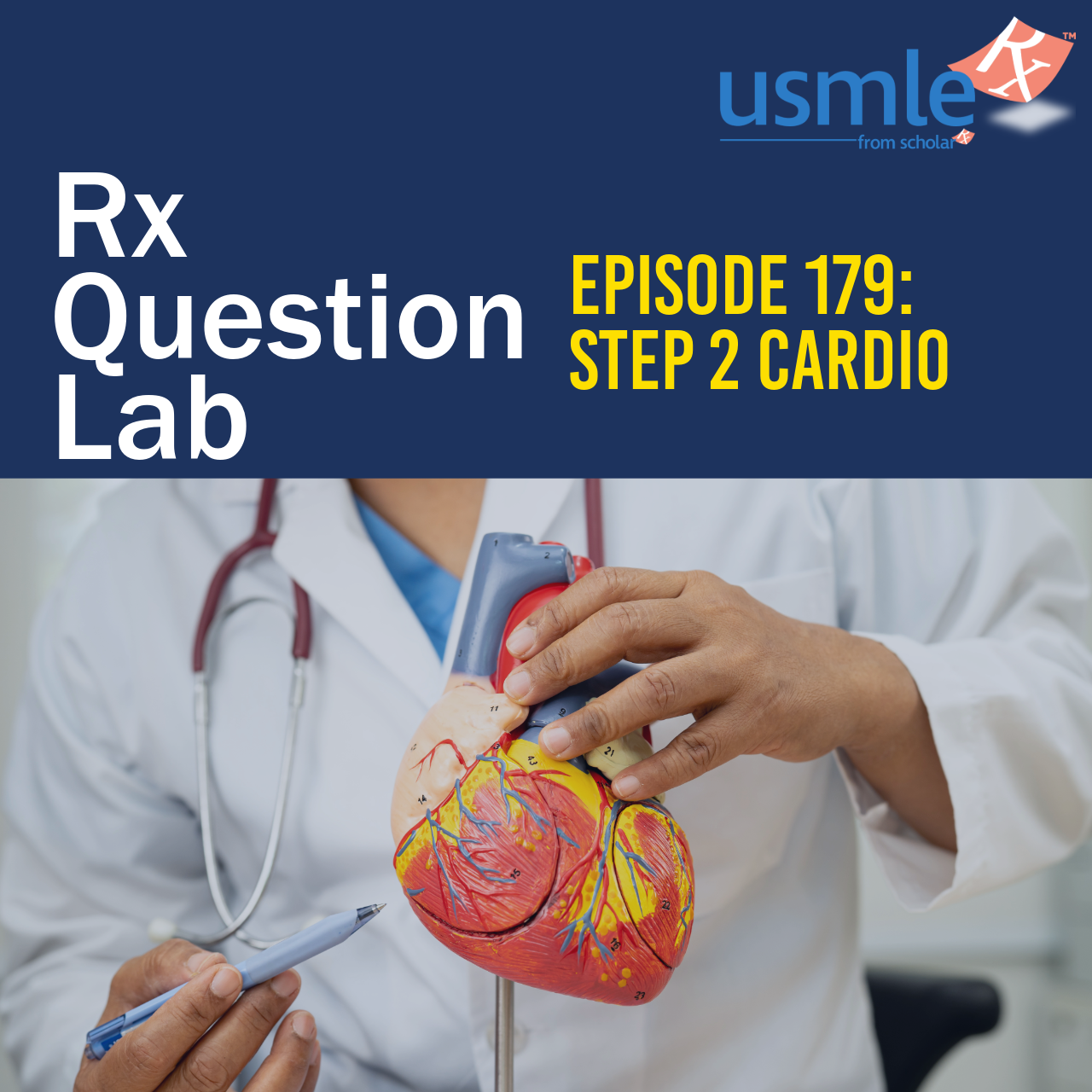
Rx Question Lab: USMLE Step 2 CK Cardiology
Tackle High-Yield Concepts for USMLE Step 2 CK Cardiology
This interactive session, led by Dr. Abraham Titus (Hematology/Oncology Fellow, Univer...

Physiology of the Renal Tubular System
Looking for more information on this topic? Check out the Physiology of the Renal Tubular System brick.
If you enjoyed this episod...

Pericardial Effusion and Cardiac Tamponade
Looking for more information on this topic? Check out the Congenital Adrenal Hyperplasia brick.
If you enjoyed this episode, we’d...

Blood Pressure Control: Foundations and Frameworks (Re-release)
Looking for more information on this topic? Check out the Thrombotic Disorders: Foundations and Frameworks brick.
If you enjoyed t...

Diuretics: Foundations and Frameworks (Re-release)
Looking for more information on this topic? Check out the Physiology of Diuretics brick.
If you enjoyed this episode, we’d love fo...

Rx Question Lab – Neurology
Join us for this special edition of the Rx Bricks Podcast, featuring a complete Rx Question Lab session designed to help medical students master high-...

Hypertensive Emergency
Looking for more information on this topic? Check out the Emergent Hypertension brick.
If you enjoyed this episode, we’d love for...

Glycogen Storage Diseases
Glucose is the main source of energy for all forms of life, but it isn’t usually stored as individual C6H12O6 molecules. Animals use glycogen to do th...

Acid-Base Disorders: Putting It All Together (Re-Release)
Looking for more information on this topic? Check out the Acid-Base Disorders: Putting it all Together brick.
If you enjoyed this...

Adrenal Insufficiency
Looking for more information on this topic? Check out the Adrenal Insufficiency brick.
If you enjoyed this episode, we’d love for...

Development of the Nervous System
Early in fetal development, the precursors of the major systems in the body are outlined. The three germ layers (endoderm, mesoderm, ectoderm) are for...
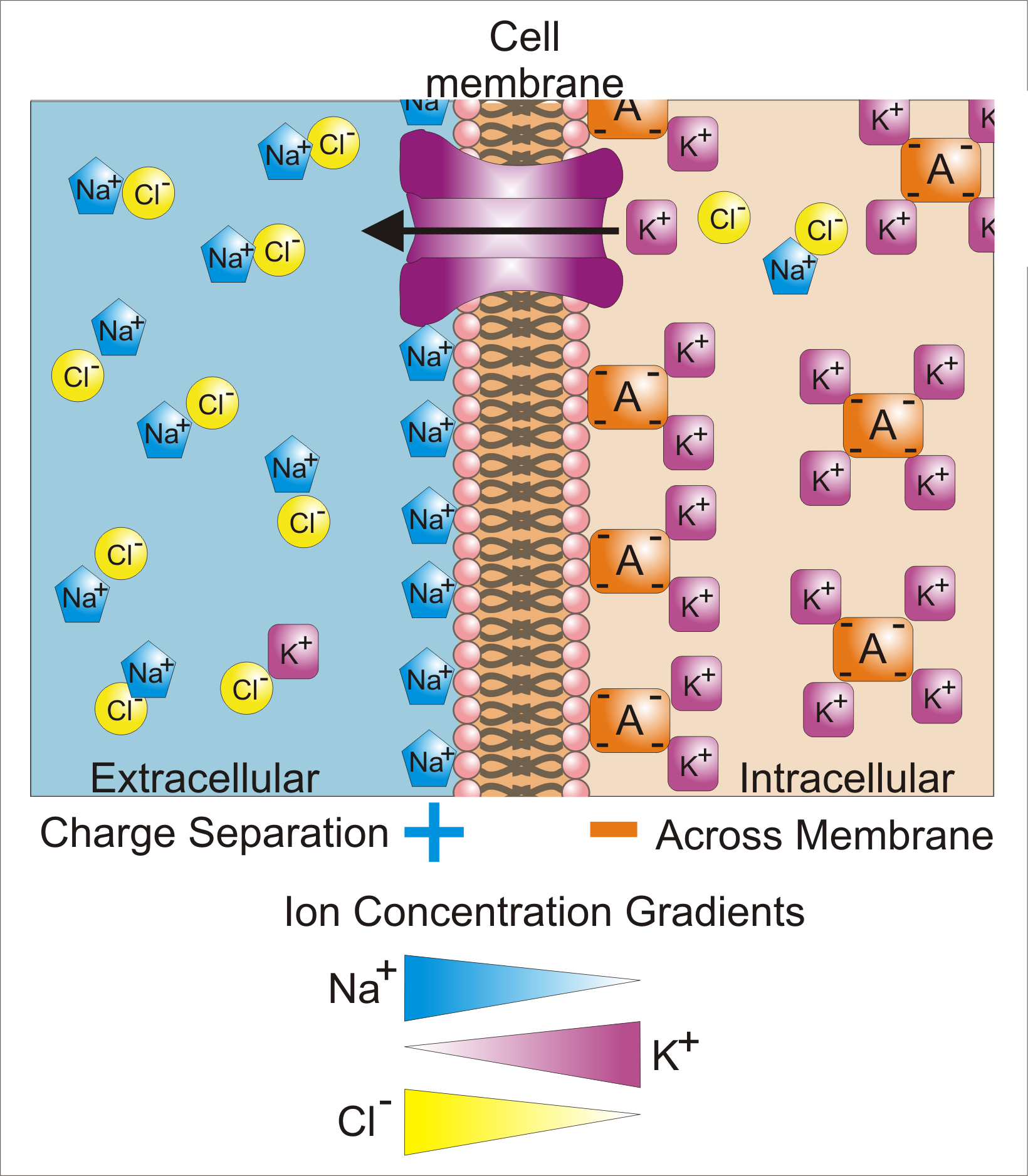
Cell Membrane Potential and Ion Balance
Differences in ion concentrations inside and outside a cell cause a difference in the charge of the intracellular and extracellular environments. This...
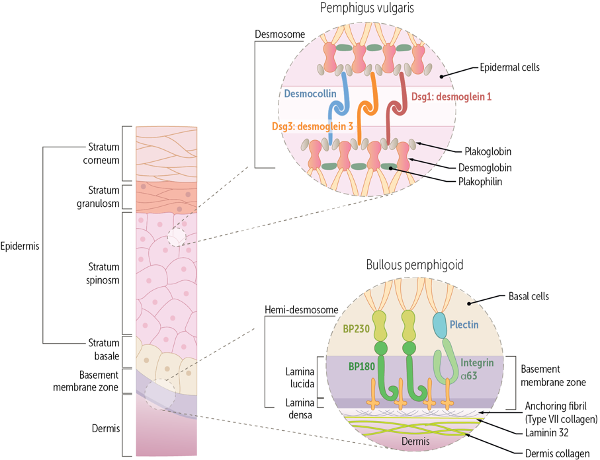
Bullous Skin Disorders
What are bullous skin disorders? Bullae are fluid-filled blisters >1 cm in diameter. They can be caused by infection, mechanical stress, or a malfunct...
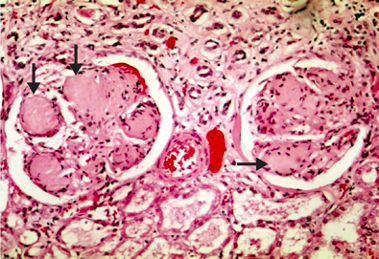
Diabetic Nephropathy
A macrovascular complication of diabetes, diabetic nephropathy is progressive, chronic kidney disease seen in patients with both type 1 and type 2 dia...
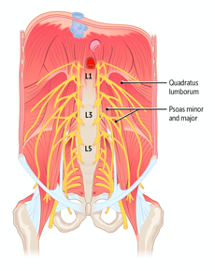
Anatomy of the Posterior Abdominal Wall
It might not be the flashiest anatomical structure, but if you want to stand upright, and keep your retroperitoneal organs (like your kidneys) in plac...

Histology of Epithelial Tissue
Epithelium is one of the four basic tissue types (the other three are muscle tissue, nerve tissue, and connective tissue). It is found throughout the...

Prokaryote Structure and the Gram Stain
What do you know about prokaryote structure and the gram stain? Bacteria are members of a unique taxonomic kingdom consisting of prokaryotic unicellul...

Introduction to Global Health
In our increasingly interconnected world, health challenges transcend national boundaries and demand global solutions. Global health is an interdiscip...
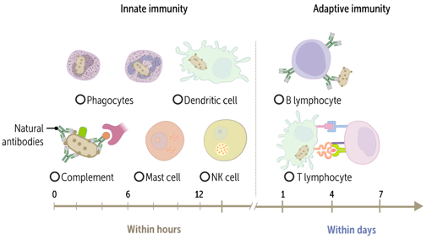
Immunology: Foundations and Frameworks
How do we survive in a complex environment filled with harmful organisms that thrive on colonizing us? Our heroic defender is the immune system, a net...

Gluconeogenesis
In the fed state, glucose is used by almost all the cells in the body to generate energy. But even when we are not fueling it with food, our bodies st...
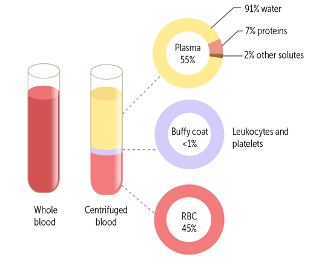
Plasma Composition
When you hear the word blood, what do you picture in your mind? Most likely, your brain conjures up an image of thick, red liquid. But what would bloo...
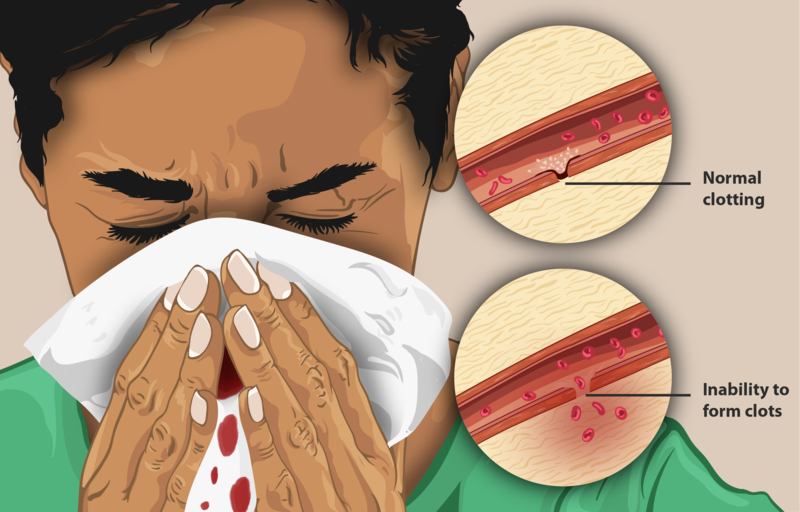
Hemophilia (Re-release)
Hemophilia is a bleeding disorder resulting from defects in factors of the coagulation cascade. There are two primary types of hemophilia: A and B. Bo...

Pain Mechanisms
Pain is a sensation that warns of potential injury and alerts the person to avoid or treat it. For example, if you touch a hot object, you will feel p...
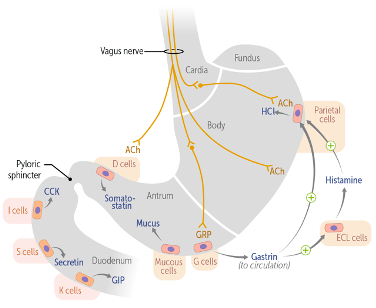
Gastrointestinal Regulatory Substances
As we eat, our gastrointestinal (GI) system releases a host of both local and distant regulators to control the process of digestion. We will begin wi...

Migraine, Cluster, and Tension Headaches
Headaches are an unavoidable fact of life and often are nothing more than the result of sitting through one too many lectures. However, they can becom...
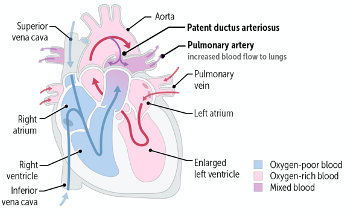
Patent Ductus Arteriosis
he ductus arteriosus (DA) is a structure that allows blood pumped from the right side of the heart to bypass the lungs while the fetus is developing i...

Congenital Disorders of the Reproductive Systems
In typical reproductive system development, recall that the intermediate mesoderm forms the mesonephric (Wolffian) and paramesonephric (Müllerian) duc...

Substance Use Disorders: Foundations and Frameworks
Substance use disorder (SUD) refers to a pattern of substance use—be it nicotine, cannabis, cocaine, or something else—that causes significant impairm...

Stimulants and Cognitive-Enhancing Drugs
Stimulant medications are drugs that increase alertness and attention. They also elevate heart rate, blood pressure, and respiratory rate. Stimulants...

Hematopoietic Malignancies: Putting It All Together
If you’ve studied the hematopoietic system malignancies—all the leukemias, lymphomas, and plasma cell disorders—you probably feel like you’ve been hit...

Substance Use Disorders: Foundations and Frameworks
Substance use disorder (SUD) refers to a pattern of substance use—be it nicotine, cannabis, cocaine, or something else—that causes significant impairm...

Megaloblastic Anemia
Megaloblast. Now there’s a word you don’t hear every day. The root -blast (from the Greek blastos, meaning germ or bud) may be somewhat familiar since...
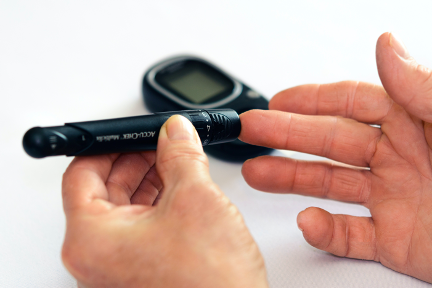
Diabetes Melllitus: Foundations and Frameworks
Blood glucose is proof that you can have too much of a good thing. While glucose serves a critical role as fuel for many of our bodily functions, it m...

Cholelithiasis and Cholecystitis
Gallstones are the hardened precipitates—“stones”—of the substrates found in bile. The liver makes bile to help digest fats, and the bile is stored in...

Pulmonary Hypertension
Normal blood pressure keeps us alive. It’s the force that moves blood throughout our circulatory system, ensuring that oxygen and nutrients reach our...
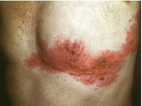
Macroscopic Skin Lesions
Macroscopic Skin Lesions
A thorough skin examination should be performed annually to assess for new or changing macroscopic skin lesions....

Acute Inflammation
Have you ever cut your finger, bumped your head, or fallen and scraped your knee? While you were cursing your clumsiness or bad luck, your body got st...

Multiple Endocrine Neoplasia Syndromes
Multiple endocrine neoplasias are familial syndromes of endocrine tumors occurring in endocrine organs throughout the body. Despite its acronym, the r...

Myocarditis
Myocarditis is the inflammation of the heart muscle. This muscle is the middle layer of the heart, formally called the myocardium, hence the name myoc...